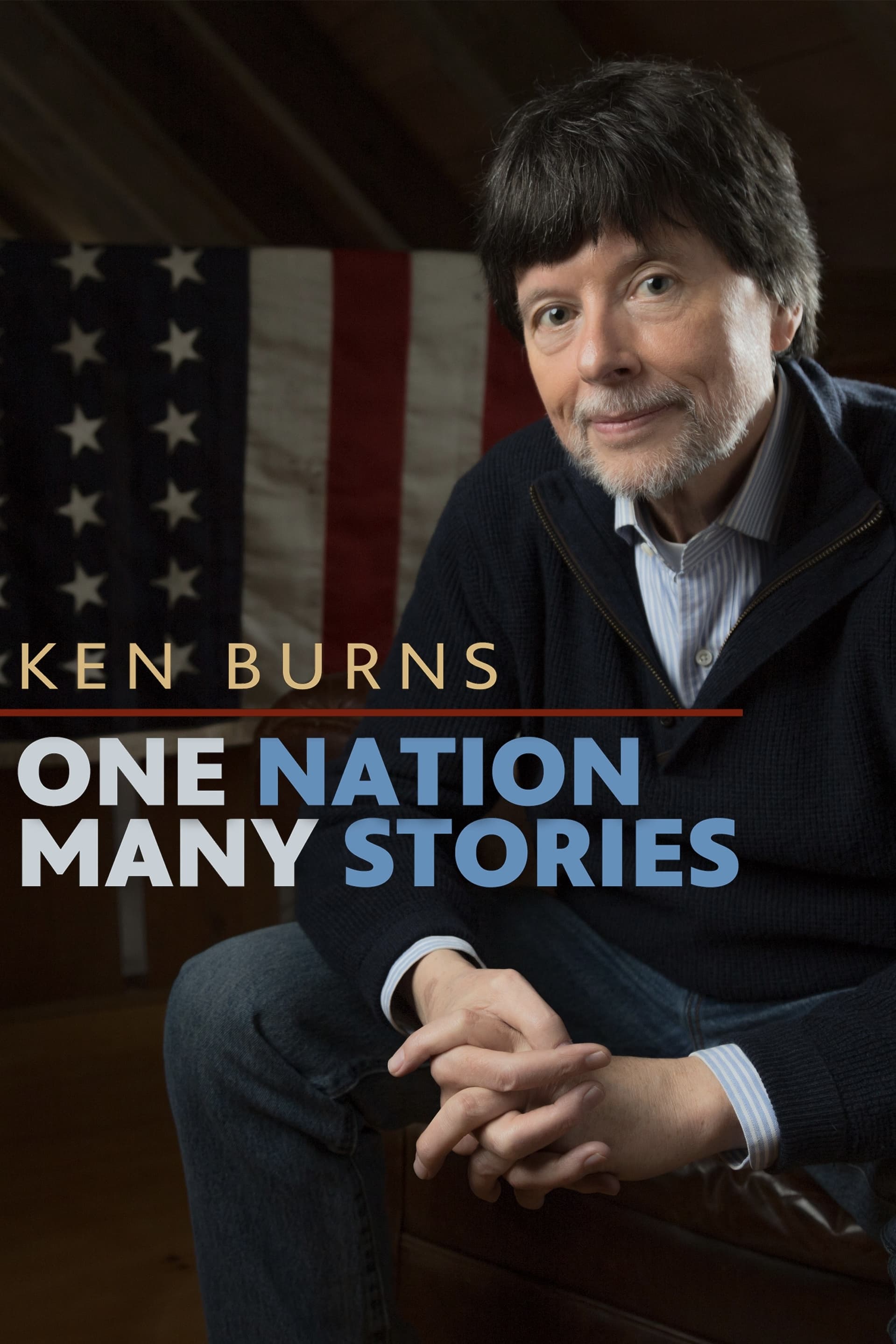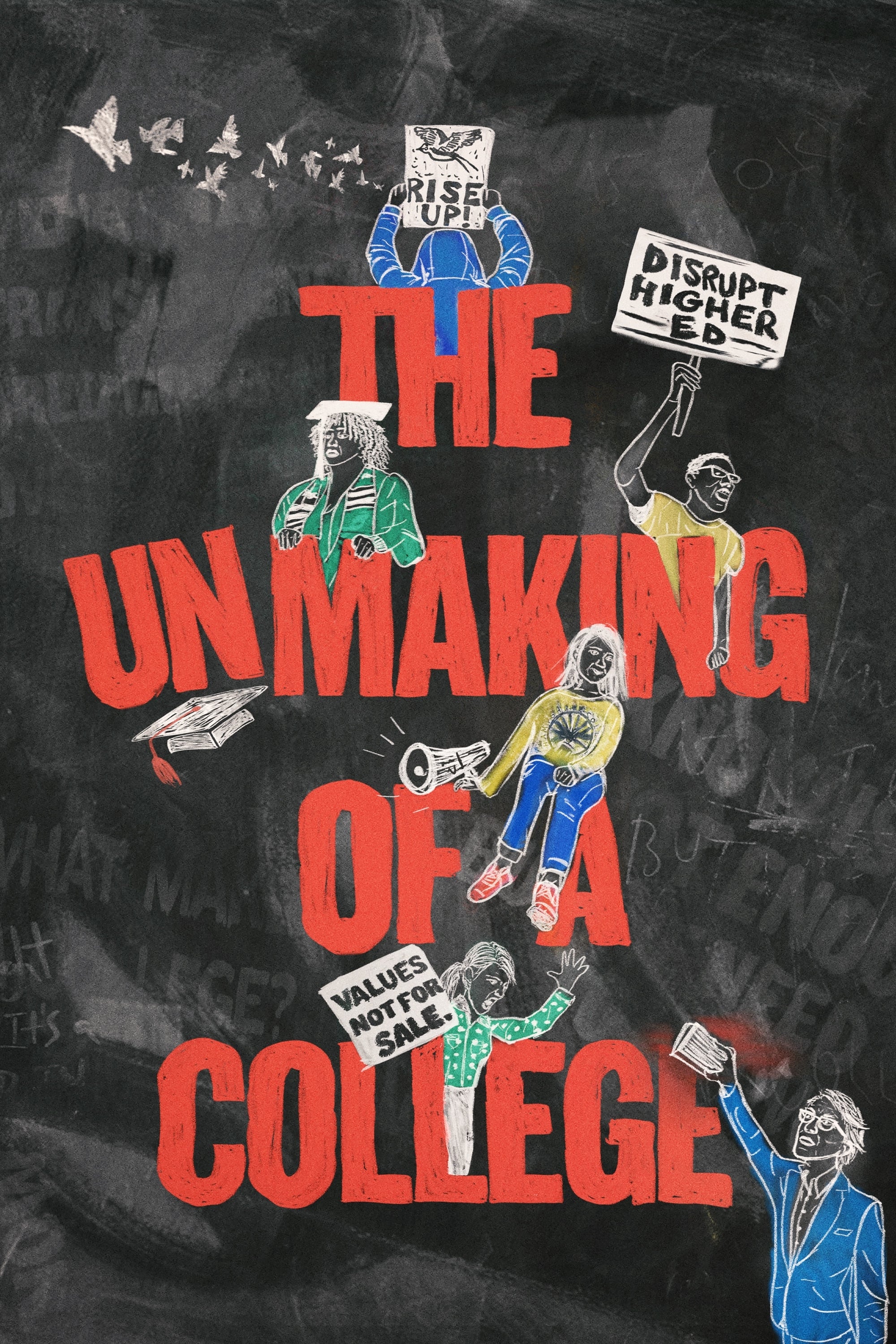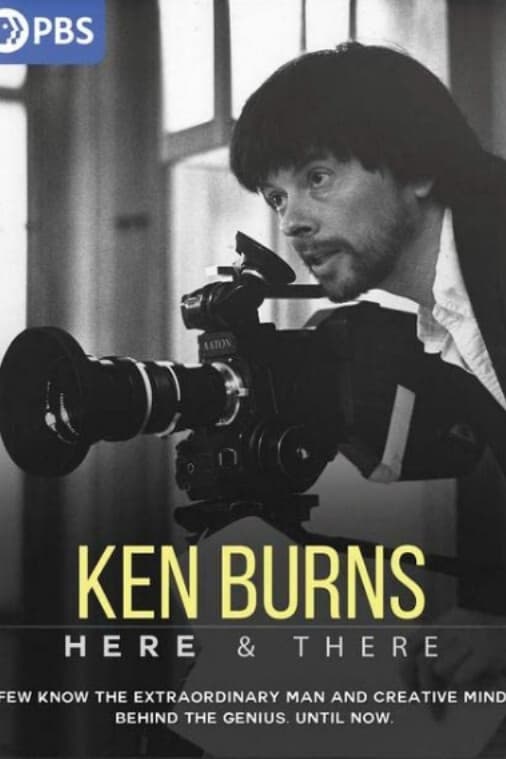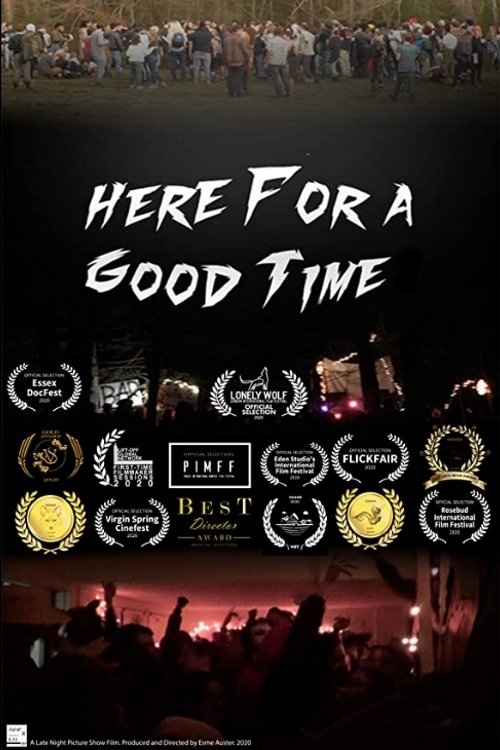

Explore the acclaimed filmmaker's more recent work in new interviews with Burns and his colleagues. Featuring excerpts from Country Music, Muhammad Ali, Benjamin Franklin, The U.S. and the Holocaust, The American Buffalo, The Vietnam War and others.

In THE UNMAKING OF A COLLEGE, students at Hampshire College confront a new president's underhanded attempt to shut down their school and discover that a powerful institution is bullying an inexperienced administration into giving up the independence of one of the most experimenting colleges in the United States. A raucous ode to democracy in action, this film evokes the courage required to stand up to power at a time when many liberal arts colleges are failing.

Explore the filmmaker’s life and career in interviews with colleagues, friends and Burns himself. The importance of place emerges as a theme as he reflects on his own geographic touchstones, from the Brooklyn Bridge to small-town New Hampshire.

Here For A Good Time tells the story of Hampshire College, a tiny liberal arts school in Western Mass with a reputation for really knowing how to party.

The first documentary portrait of fashion icon Ralph Lauren, reveals the man behind the icon and the creation of one of the most successful brands in fashion history.
Actor Courtney B. Vance hosts this special celebrating Dr. Henry Louis Gates, Jr.'s work with focus on his five quintessential documentary series about American, African and African American history for PBS.
Award-winning filmmaker Ken Burns sits down with OETA's Dick Pryor to discuss his latest documentary, "The Dust Bowl,' upcoming projects, and the thrill of filming America's history.
Plimpton! tells the story of writer, editor, amateur sportsman and friend to many, George Plimpton. Using Plimpton’s own narration – along with thoughts and stories from friends, family and contemporaries – the film is a joyful celebration of a life lived fully, richly, strangely, and, at times, a life that is hard to believe was actually lived by just one man.
A history of the origin of National Baseball Hall of Fame and its first induction ceremony in 1939.
Ken Burns (born 1953) is a highly celebrated American documentarian who gradually amassed a considerable reputation and a devoted audience with a series of reassuringly traditional meditations on Americana. Burns' works are treasure troves of archival materials; he skillfully utilizes period music and footage, photographs, periodicals and ordinary people's correspondence, the latter often movingly read by seasoned professional actors in a deliberate attempt to get away from a "Great Man" approach to history. Like most non-fiction filmmakers, Burns wears many hats on his projects, often serving as writer, cinematographer, editor and music director in addition to producing and directing. He achieved his apotheosis with The Civil War (1990), a phenomenally popular 11-hour documentary that won two Emmys and broke all previous ratings records for public TV. The series' companion coffee table book--priced at a hefty $50--sold more than 700,000 copies. The audio version, narrated by Burns, was also a major best-seller. In the final accounting, "The Civil War" became the first documentary to gross over $100 million. Not surprisingly, it has become perennial fund-raising programming for public TV stations around the country. Burns arrived upon the scene with the Oscar-nominated Brooklyn Bridge (1981), a nostalgic chronicle of the construction of the fabled edifice. The film was more widely seen when rebroadcast on PBS the following year. Though Burns has made other nonfiction films for theatrical release, notably an acclaimed and ambiguous portrait of Depression-era Louisiana governor Huey Long (1985), PBS would prove to be his true home. He cast a probing eye on such American subjects as The Statue of Liberty (1985), The Congress (1988) (PBS), painter Thomas Hart Benton (1988) (PBS) and early radio with Empire of the Air: The Men Who Made Radio (1991) (PBS). Burns returned to long-form documentary with his most ambitious project to date, an 18-hour history of Baseball (1994), which aired on PBS in the fall of 1994. He approached the national pastime as a template for understanding changes in modern American society. Ironically, this was the only baseball on the air at the time, as the players and owners were embroiled in a bitter strike.
By browsing this website, you accept our cookies policy.